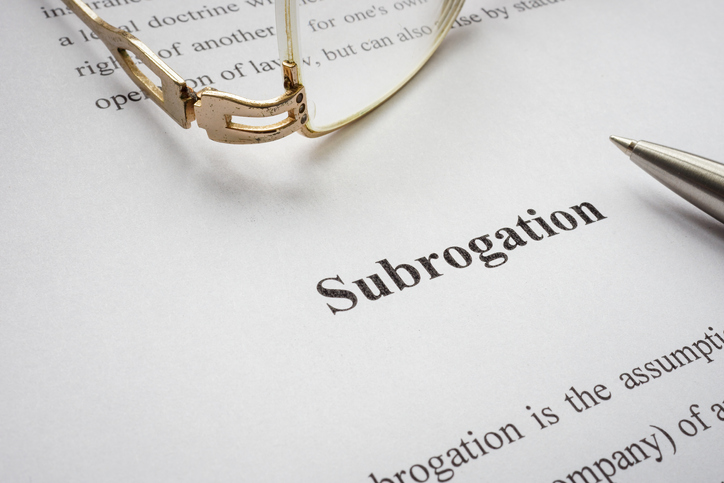AI is the hot topic in the insurance industry right now, and for good reason. A recent study by KPMG forecasts that AI will have a $1.3B impact on the insurance industry in 2023. Yet, while there is no denying the possibilities of AI, many insurers still struggle to gain traction and prioritize the use cases that will deliver greatest benefit to the business.
AI-Based Subrogation Detection
An emerging area of focus for insurers is AI-based decisioning in subrogation detection. The reasons for this are plentiful. Manual decision making processes, changing workforce skills and experience, and an overload of information are often the culprits. It’s estimated that the industry is leaving upwards of $20B in hard dollars on the table in missed recovery opportunities annually. Hard dollars that are critical for insurers given the economic and market challenges the industry is experiencing. For many insurers, subrogation presents an untapped opportunity to improve claims execution and mitigate deteriorating loss and combined ratios.
Examples of AI-Based Subrogation Detection
But, what does AI-based subrogation detection look like in the real world? Here are a few examples that move beyond the hypothetical and illustrate the value insurers are achieving today with this approach.
Case Example: Identifying granular opportunities at the exposure level
Let’s take the all too common example of an auto accident between two vehicles in the state of New York. In this situation, there are two vehicles involved in an accident at an intersection. One of the vehicles (driven by the other party) was a large Dodge Ram truck.
AI-based subrogation detection helped the insurer of the other vehicle pursue recovery by doing the following:
- Leveraged VIN# of the Dodge Ram to evaluate NHTSA details on vehicle weight and determined that the vehicle weight was in excess of 6500 pounds.
- Verified the vehicle details against New York State Pure Negligence Laws and determined liability could be applied to this claim based on vehicle weight.
- Alerted the claims handler that there was a viable opportunity to pursue at the claim exposure level - in this case a NY PIP with high recovery potential.
- Automatically applied state specific guidelines (like vehicle weight guidelines) to help the handler understand the opportunity and accelerate the pursuit of a net new recovery.
Case example: Large property loss - Incorporating external data
In another example, a family was enjoying a summer cookout with family and friends on their outdoor kitchen BBQ grill. While they were cooking the BBQ grill caught on fire. The fire increased in intensity and the insured’s deck and vinyl siding on the house were damaged before the blaze was extinguished. As a result of the fire, the insurer ordered an inspection and detailed loss reports were provided on the grill and property damage.
In this scenario, AI played a critical role in helping detect a subrogation opportunity against a third party:
- NLP/ML was utilized to evaluate the loss reports to understand critical aspects of the loss.
- External checks were performed on the BBQ manufacturer to identify any product recalls in effect or any loss events that may have occurred
- Product involvement compared against other possible losses and potential negligence scenarios
- Manufacturer product recall identified and opportunity to pursue recovery detected based on negligence potential.
Case example: Property loss - Mining structured and unstructured data
There is power in small details and this recovery opportunity is an example. In this case, a homeowner was having work performed on the property to improve the usability and value of their property. After a day of work performed on the property, a fire erupted in the kitchen and considerable damage occurred in the policyholders home. A standard claims investigation was initiated with details entered into the core claims system.
In this situation, AI mined the structured and unstructured data in claims system and detected a recovery pursuit:
- Claim notes were automatically evaluated based on details entered during the initial investigation
- Identified that the insured’s contractor left rags soaked in linseed oil in bucket on kitchen floor and the bucket ignited
Learn more
- To learn how Shift’s AI can help you achieve improve subrogation recovery please visit our Subrogation Solutions page.
- To learn more about the power of AI for subrogation recovery, request a demo with the team at Shift and download our data sheet “Using AI to Identify Recovery Opportunities.”


